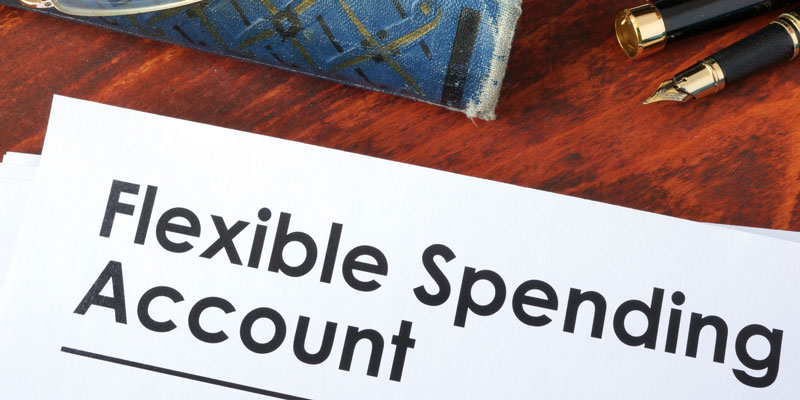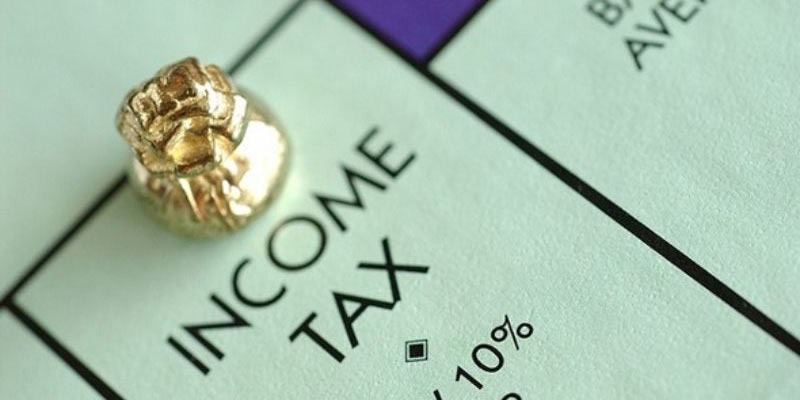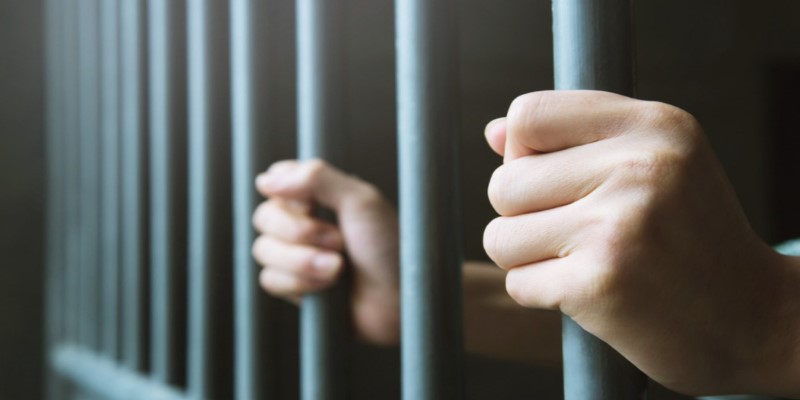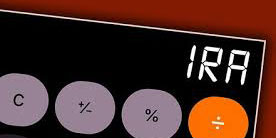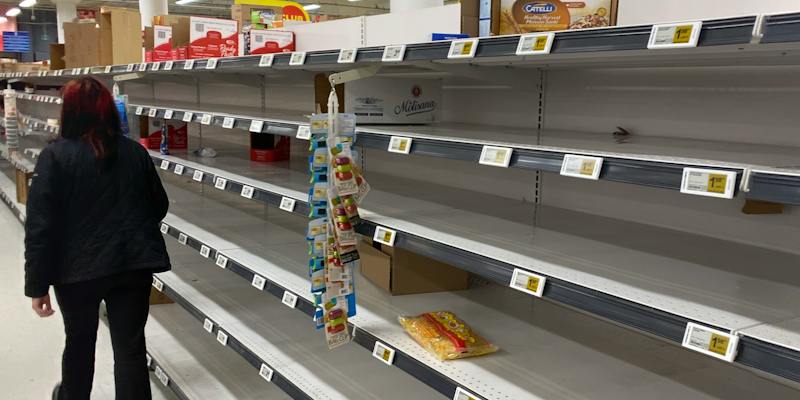
Customers place backorders when the product they want is out of stock. Customer wait times for back-ordered items depend on product availability and order volume. A high number of items on backorder usually means a lot of interest in that product. Businesses frequently take orders for products not in stock, a practice known as backorders. This strategy has the potential to boost product demand, aid in customer retention, and enhance the value of the company's offerings, among other advantages.
Accounting for Backorders
Certain procedures are involved in the accounting for backorders. At the time of order placement, most companies notify customers of the backorder status and the anticipated delivery date. If there are problems with completing the order as promised, keeping in touch with the customer is critical. Order cancellations are reduced as a result of this.
A completed sale and a backorder are treated differently in accounting. The sale is not finalized until the product is shipped and the order is fulfilled. Since the sale wasn't finalized, canceling a back-ordered item won't hurt the company's financial records. After ordering with the manufacturer, the business would need to track down the matching purchase order to finalize the delivery. This guarantees the accuracy of the company's records reflecting completed transactions. By managing backorders effectively, companies can balance customer satisfaction with inventory control, contributing to overall business stability and growth.
What Causes Backorders?

1. Surging Demand and its Impact
Sometimes, a product becomes unexpectedly popular. This surge in demand can happen for various reasons. For example, a product might get featured in a popular TV show, leading to a sudden increase in interest. Seasonal trends also play a role; certain items become highly sought after during specific times of the year.
Celebrity endorsements are another factor. When well-known figures talk about a product, their followers often rush to buy it. Similarly, when a product gets recognized through prestigious awards or lists, it garners more attention. Lastly, expanding sales avenues, like introducing the product to a new online marketplace, can significantly boost visibility and demand, leading to potential backorder costs.
2. Adequate Safety Stock
Keeping a buffer stock on hand is crucial to deal with sudden demand spikes or supply chain interruptions. However, problems might arise if this buffer stock isn't estimated and updated correctly. Even with regular purchasing habits, stock can run out due to an underestimated safety stock, leading to backorder cost formulas. Monitoring inventory levels closely and adjusting the safety stock according to historical sales data and forecasts is paramount. This planning helps with inventory management and keeps things from running out of stock when they shouldn't.
3. Challenges with Manufacturers
Problems with production or inventory can sometimes cause backorders. Possible causes include insufficient supplies of key inputs, protracted plant closures (such as during significant holidays), or unfulfilled production goals. The store or business owner usually has no say in these situations. To avoid problems like these, staying in close contact with your suppliers and having a backup plan ready is crucial. One way to reduce the impact of these risks is to have a diversified supply chain or extra items that sell out quickly.
4. Human Error
There is no way to run a company without human error. Overselling and backorder costs can result from careless actions such as forgetting to reorder an item, displaying products on a website incorrectly, or miscounting inventory. These mistakes can be lessened through inventory management software, systematic checks, and good staff training. These errors can be caught and fixed before they affect customers if audits and checks are conducted regularly.
Benefits of Managing Backorders
Optimized Storage Utilization
An effective method of space management in the warehouse is backorders. Backordered items don't take up any real estate until they come, unlike regular inventory that could sit idle for a long time. A more efficient use of warehouse space is possible with this method. You can decrease the possibility of future backorder cost formulas by making room to store more of your popular items. Maintaining an appropriate inventory level requires a delicate balancing act between meeting customer demand and preventing the accumulation of stale goods.
Cost Efficiency in Warehousing
One way to save money is to reduce the number of products handled in your warehouse. This is particularly the case if the amount of inventory stored determines your variable warehousing expenses. You can reduce storage and fulfillment expenses by reducing the items kept in the warehouse. This discount is usually only temporary until the back-ordered inventory is delivered. But this time off can give your finances a break, letting you simplify your operation and reallocate some of your funds to other areas where your business needs them.
Stimulating Customer Demand
A product on backorder can unintentionally market itself as high in demand and popularity. Customers often perceive back-ordered items as sought-after, which can elevate their desire to own them. This situation can lead to an uptick in demand and sales. The psychology behind this is simple: people want what is scarce. By effectively managing backorders and communicating with customers, you can turn what might be seen as a negative into a positive driving force for sales.
Challenges with Backorders

When items are frequently on backorder, it's often a red flag about a company's operational efficiency. This issue can signal that the business operates with minimal buffer, risking its ability to meet customer demand. Regular backorders might lead customers to reconsider their choices, potentially leading to order cancellations. This affects the company's revenue and requires adjustments in financial records.
Moreover, customers may turn to competitors if a product is not readily available, especially if the wait is lengthy. This shift can erode customer loyalty as they explore and perhaps prefer alternatives. Ineffective inventory management could erode a company's market position as continuous product unavailability frustrates customers.
Handling backorders demands extra effort. Companies must manage inventory and the complexities of pre-orders, customer communications, logistics coordination, and updating clients about product availability. It may also require more public communication to inform customers about product status.
Backorder vs. Out-of-Stock
Both "out-of-stock" and "backorder" mean the same thing, more or less. "Out-of-stock" means the item is temporarily unavailable, and "backorder" usually means that the item is still available for purchase but will be sent later. A product may be marked as "out-of-stock" by a corporation if they do not want to sell any more of that product. On the other hand, because of the short delay in product availability, back ordered goods are more susceptible to returning.

